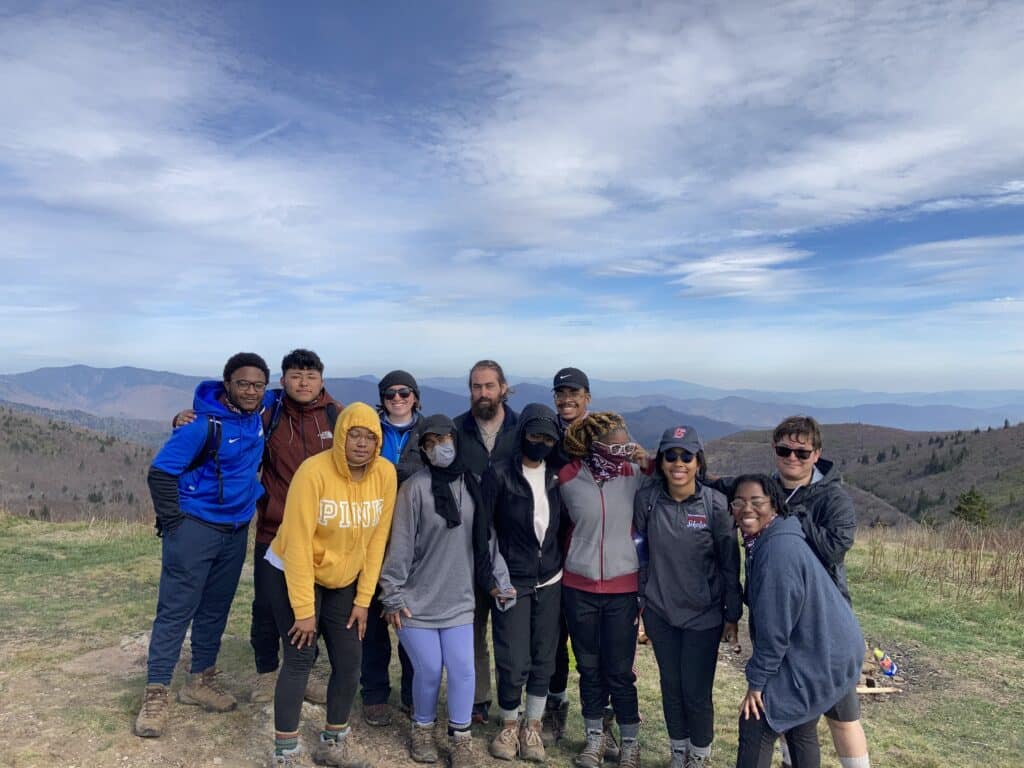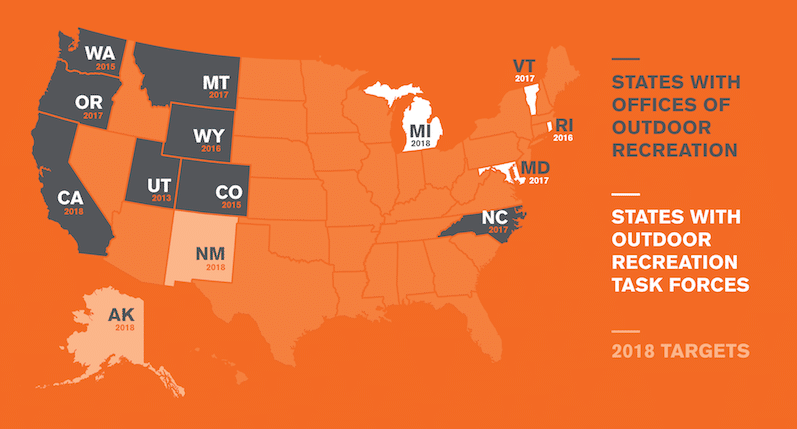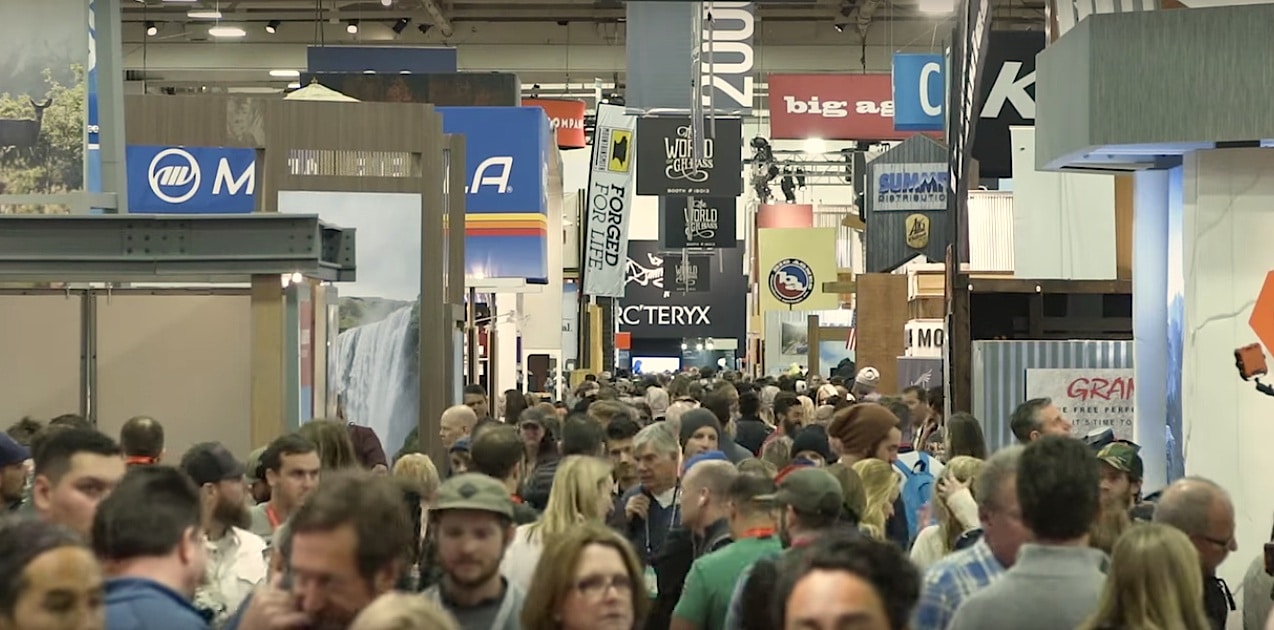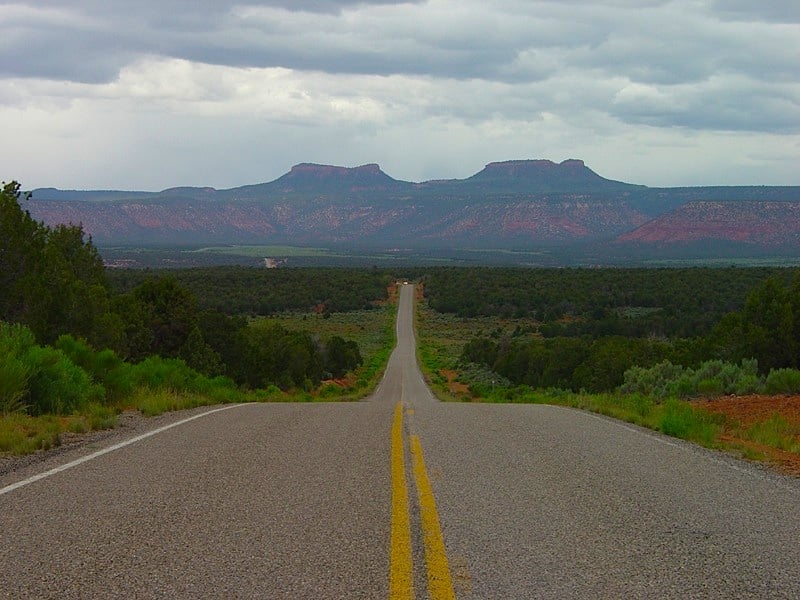Making Outdoor Recreation and Adventure More Inclusive
Outdoor RecreationWhen next you find yourself in a wilderness area, whether that be at a national park in another state or a local or state park closer to home, take a moment to look at the folks around you while you’re enjoying the flora, fauna and pristine views.
What you’re likely to notice is a lack of diversity. That’s because the majority of those who spend time in wilderness and the backcountry participating in human-powered outdoor recreational pursuits are predominately white.

Fact is, statistics collected by the U.S. Forest Service, National Park Service, and Fish and Wildlife Service show that while people of color make up nearly 40 percent of the total U.S. population, close to 70 percent of those who visit national forests, national wildlife refuges, and national parks are white. And Blacks remain the most dramatically underrepresented group in all of these spaces.
It’s not that people of color and other underrepresented groups don’t appreciate and enjoy the outdoors. Visit an urban park — especially on a weekend — and you’re likely to see more people and activity at parks located in black and Hispanic sections of town than at parks in predominantly white neighborhoods.
The question is why? What’s keeping state and federal parks and other wilderness areas from reflecting the diversity of the overall population in this country? A good follow-up question might be what can be done to make these areas and their associated outdoor activities attractive to a more diverse population?
Exploring the Possible Reasons for the Lack of Diversity in the Backcountry
Several factors may be contributing to the lack of diversity in human-powered outdoor adventure and recreation activities. These factors can be broken down into (more…)
2019 Outdoor Industry Conferences and Summits
ConferencesThere’s a paradox in this outdoor education industry of ours, and that seeming contradiction is this: Sometimes you have to go indoors in order to continue to enjoy the outdoors. Think back to the last time you opened your eyes under a canopy of trees, or glided across a lake on a kayak, or looked up and visually plotted out a course for a complex climb.
For the outdoors enthusiast — and especially for those of us who work in the outdoor industry — this is our life. We’re outside, showing others how to appreciate themselves and the backcountry. But our line of work is often a complex blend of gregarious solitude. We spend our days giving our students the best of who we are.
While we’re concentrating on the experience for the benefit of the novice as well as the experienced adventurers under our charge, we’re missing out on valuable time set aside to connect with our peers on a deeper level — outside of work.
The outdoor season ends, and many of us return home or follow the seasons to continue this work. In many instances, we pass up the opportunity to learn what’s new in the industry.
The solution? Look for outdoor industry conferences, trade shows, and summits you can attend. Traditionally, conferences are those large, more formal events that feature industry speakers, time in lecture halls and breakout rooms, and good dose of PowerPoint presentations. At the larger such gatherings, there’s usually a convention exhibit hall featuring industry vendors.
Summits, especially in the outdoor industry, on the other hand have a looser feel, with industry pioneers and luminaries speaking and offering demos, opportunities to meet with fellow outdoor pros during hands-on adventure-based activities, and the chance to participate in both formally led and informally organized discussions and salons. Summits often incorporate more interplay, with the opportunity to socialize with industry pros, designers and leaders taking precedence over formal education.
Below, we’ve listed some upcoming outdoor industry gatherings for those times when you’ve stepped off the trail and find yourself with some time to delve into what makes our industry tick. These outdoor industry summits, conferences, and trade shows are an excellent opportunity to (more…)
State Offices of Outdoor Recreation are Now a Thing
Land ManagementStereotyping is never a good thing — primarily because such finger-pointing prejudices are usually unsupported by fact. Take, for example, the 140 million Americans who either dabble in human-powered outdoor recreational activities to some extent or are fully immersed in everything related to the backcountry and Wilderness itself.
That’s almost half the nation’s population, if my math skills are accurate. Yet whenever the beneficial goings-on of the Outdoor Industry Association (OIA) are in the headlines, many local and state politicians conjure up a negative image in their heads. “Oh yeah, those deadbeat climbers, those slacker surfers, those burned-out mountaineers.”
These closed-minded politicians fail to recognize who their outdoor constituents really are, and what the outdoor recreation industry means to the economy. And that includes activities from the local and state level, all the way up to the top — the National Park Service.
A report recently released by the Outdoor Industry Association estimates our industry produces $887 billion in annual revenues, and employs an estimated 7.5 million people, both fulltime and seasonally. Let me repeat that — $887 billion, with a B!
Statistics like these have local and state government officials beginning to sit up and take notice. And it’s got many of them thinking that maybe saving all these wilderness treasures might just be worth the expense. As a result, some forward-thinking states are creating offices of Outdoor Recreation with director-level positions. Take North Carolina for instance — which is home to (more…)
Pivoting on Climate Change
Land ManagementMost libraries and bookstores offer up books in the science and nature section that address climate change, with titles that range from “Hot Hungry Planet” to “Climate of Hope.” Many of these books focus on global warming, polar bears in the Arctic, flooding and other environmental crises on continents around the world.

Photo by Andy Brunner on Unsplash
However, for those of us working in the fields of outdoor education, adventure-based recreation, and summer camp, we don’t need books and photos from foreign lands to persuade us that changes are occurring on our planet — and happening at an alarmingly fast rate.
We see these changes on the rivers we run, mountains we climb, trails we traverse, and camping sites we claim and reclaim for seasonal programs. For many of us who facilitate outdoor education programs, we’ve observed (more…)
Bears Ears Controversy Threatens Outdoor Retailer Show in Utah
Land ManagementThe National Center for Outdoor & Adventure Education’s founders Zac and Celine Adair recently returned from this month’s Outdoor Retailer Winter Market show in Salt Lake City, Utah, where the buzz inside The Calvin L. Rampton Salt Palace Convention Center was centered around moving the show out of Utah and to a state with “a more friendly view of federally designated lands.”
The controversy stems from a yearlong dispute that pits the present governor of Utah, Republican legislators and many residents of the area against environmentalists and dozens of Native American tribal nations.
The argument revolves around determining the best way to conserve and develop the Bears Ears area in southeastern Utah.
Named for a pair of isolated mesas resembling a bear raising its head above the horizon, Bears Ears National Monument encompasses 1.3 million acres of wilderness area between the San Juan and Colorado rivers. This triangle of land is held sacred by a number of Native American tribes, including a coalition of Hopi, Navajo, Ute Indian Tribe, Ute Mountain Ute and Zuni governments.
An estimated 100,000 archaeological sites are located — and protected — within the Bears Ears area, including cliff dwellings that date back more than 3,500 years and other cultural sites that are deemed sacred to the half dozen tribes that make up the coalition.
And while nearly everyone involved in this eco-dispute agrees the Bears Ears area should be protected, the extent of management of the land is in question, with many Utah legislators envisioning room for commercial development and fossil fuel extraction in lands adjacent to the area.
For more than four decades, Utah ranchers, residents and lawmakers have fought to (more…)
TALK TO US
Have any further questions about our courses, what you’ll learn, or what else to expect? Contact us, we’re here to help!



